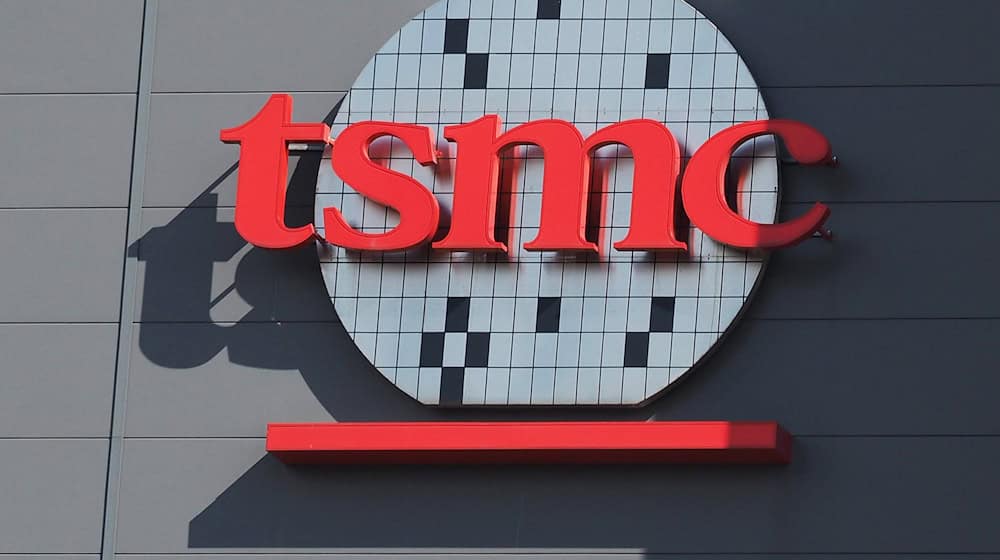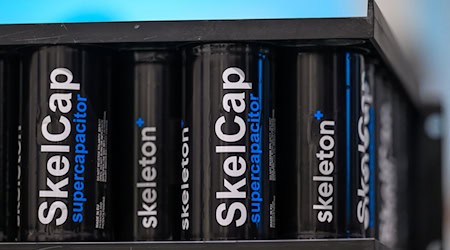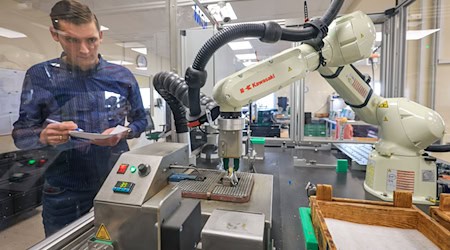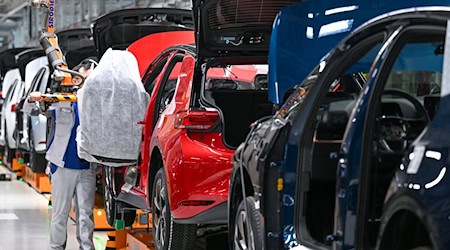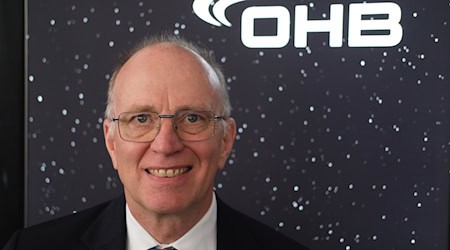Not much can yet be seen of the latest future-oriented project in Saxony. But in the coming months, Silicon Saxony - as the Free State of Saxony calls its microelectronics and semiconductor industry around Dresden, loosely based on Silicon Valley in California - is set to go from strength to strength. In 2027, the Taiwanese company TSMC and three partners plan to produce chips in the north of Dresden, primarily for the automotive industry. The world's largest contract manufacturer of silicon microelectronics is thus coming to Europe. The symbolic ground-breaking ceremony is to take place today, with Federal Chancellor Olaf Scholz (SPD) and EU Commission President Ursula von der Leyen expected as guests.
What is planned in Dresden?
TSMC is planning to build a new semiconductor factory together with the three companies Bosch, Infineon and NXP Semiconductor. The partners, who all have their own production facilities in Dresden, will each hold ten percent of the joint venture European Semiconductor Manufacturing Company (ESMC), with TSMC holding 70 percent. The company expects the investment sum to exceed ten billion euros. Half of the investment costs will be borne by taxpayers in Germany, as the deal includes a state subsidy package.
What is the timetable?
First, the excavation pit will be dug. According to ESMC President Christian Koitzsch, the plant will have a footprint of 200 by 200 meters and will be ten meters deep. Most of the 500,000 cubic meters of excavated earth will be spread over the adjacent site. The building shell will then be constructed, the clean room will be installed in 2027 and production will begin. The TSMC plants in Japan and in the US state of Arizona were also scrutinized in advance in order to draw conclusions about Dresden. However, there is no problem in Saxony: the structure does not have to be earthquake-proof.
What exactly is to be produced?
In contrast to the chips for high-performance smartphones, the semiconductors from the new plant in Dresden will not be manufactured using the latest 3- or 4-nanometer processes, but with higher structure widths. Such conventional chips are common in the automotive industry. With the spread of connected vehicles and electric cars, the industry needs more and more of them.
Where will the skilled workers for the new plant come from?
The plan is to create 2,000 jobs at ESMC. Provision is already being made for the need for skilled workers. The first 30 students from Saxon universities returned from Taiwan these days. They had studied there for six months and completed internships at TSMC. A dual training program in the professions of microtechnologist and mechatronics technician is set to begin next year. In January 2025, the company plans to be present at the "Karrierestart" training fair in Dresden. Specialists from Taiwan will also support the work in Dresden.
How are other industries reacting to the relocation?
As with any major investment, it is expected that it will trigger a pull and that other areas of the economy will also benefit. This not only applies to potential suppliers. However, there are also concerns among SMEs and tradespeople in the region that employees might then take better-paid jobs at ESMC and move away. Last week, a declaration of intent was signed between chambers and companies on this topic. The search for skilled workers should not be at the expense of SMEs. Rather, all parties involved want to pull together in the same direction.
What investments are planned in the area surrounding the relocation?
The city of Dresden was involved in the planning from the very beginning. In order to meet the large water requirements of the chip industry in the north of the city, the state capital is planning a new water system including a river waterworks on the Elbe. The total investment is expected to be more than 320 million euros. Dresden's public transport company wants to extend a streetcar line to the north so that as many employees as possible can later travel to the new factory by streetcar. The housing industry is also involved, as space for 2,000 employees first needs to be found in a city like Dresden.
How far along are other major projects in the industry in Germany?
In Magdeburg, Intel is planning to build several chip factories. With a volume of around 30 billion euros, it is the largest investment in Germany since the Second World War. The German government wants to provide 9.9 billion euros in aid, but EU approval is still pending. Intel is now on an austerity course, but is sticking to its plans according to the state government in Magdeburg.
In Ensdorf in Saarland, the US manufacturer Wolfspeed is planning a factory for silicon carbide semiconductors for around 2.7 billion euros. However, there are delays. Wolfspeed has announced that construction is not expected to start until 2025. In Munich, the iPhone company Apple is expanding its chip design center to the tune of billions of euros.
Another expansion project can be found in Dresden, not far from the TSMC project: the construction of a new factory by German manufacturer Infineon is making good progress, according to CEO Jochen Hanebeck. The machines are due to arrive from September 2025 and production will begin the following year. Infineon plans to invest five billion euros in this expansion, creating over 1,000 new jobs.
Why is the federal government supporting the relocations?
Supply bottlenecks during the coronavirus pandemic have revealed how dependent Germany and Europe are on chip supplies, especially from Asia. The automotive industry was hit particularly hard. Several manufacturers had to suspend production. Now, according to Chancellor Olaf Scholz (SPD), Germany could become the major location for semiconductor production in Europe. This is important for the resilience of production structures around the world, explained Scholz last year when the Dresden project became known. State aid is not uncommon in such projects. However, there is always criticism of using taxpayers' money to support companies.
Copyright 2024, dpa (www.dpa.de). All rights reserved

